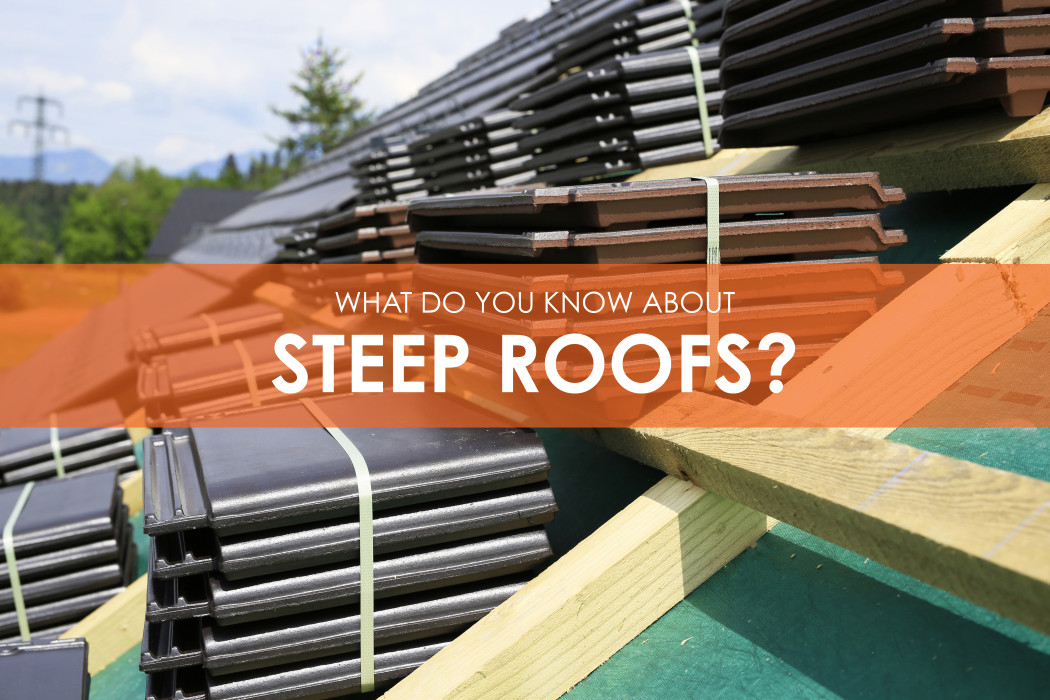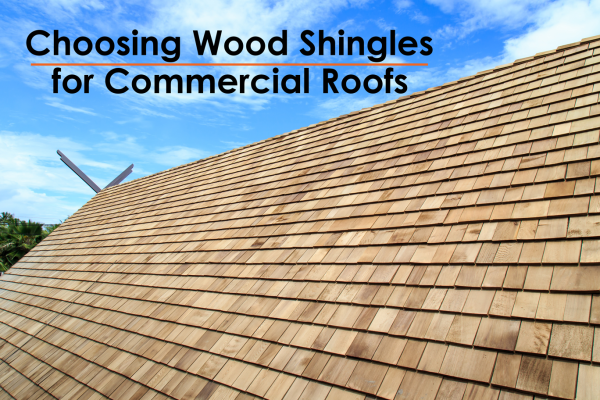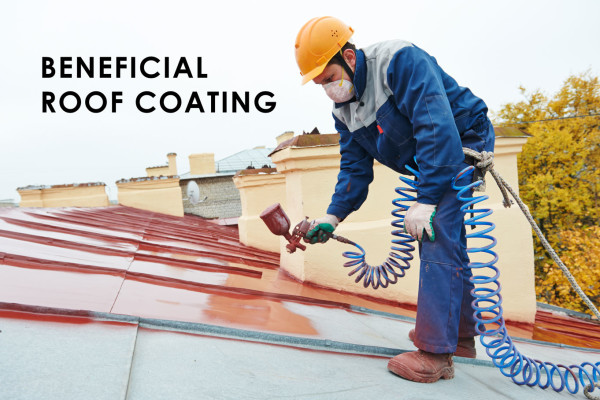There are some challenges you should be aware of if you intend to install them to your commercial building. One challenge is, unlike flat or low slope roofs, steep roofing systems tend to rise over 4 or 5 feet for every 10-12 feet of horizontal span.
Installing Steep Roofs
These roofs are commonly made of individual parts and are installed in a shingle fashion. They usually have three main parts:
- Roof covering
A covering protects the roof from outside elements like water and cold/hot weather/
- Underlayment
This part is used to provide protection until the roof covering is installed. In addition, it also works as an added waterproof protection, with the roof covering acting as the primary protection.
- Deck
A roof deck provides stability and structure to the entire roofing system. It is usually made out of wood.
Types of Steep Roofs
There are six main types of steep roofs and these are:
- Clay and concrete tile
This type is made by creating a tile out of molded clay. How long it is heated and how hot it gets will determine the density of the clay tiles.
- Slate
Slate roofing has a natural cleavage which allows it to be slit in one direction. In addition to that, this type of steep roofing is also characterized by its ‘grain’, or a fracture that appears at right angles to the cleavage. This can create either a very smooth look, or an interesting, rough appearance.
- Metal roofing systems
There are three types of metal roof panels: metal shingle, structural metal and architectural metal panels. Architectural metal roof panels are most often used for commercial steep roofing systems.
- Wood shingles and shakes
These are commonly made from pine, cedar or cypress. Shakes tend to be thicker at the end than shingles, which have the same thickness on both ends.
- Asphalt shingles
Asphalt shingles can be manufactured in a single or more layers. If it has more layers, it’s called ‘architectural shingle’. The most common type of asphalt shingles are ‘strip shingles, which are 12-by-36 inches in size.
In addition to asphalt, these roof shingles also contain a base material for support and shingle strength and a surfacing material for UV, fire and impact protection.
- Synthetic
Synthetic roofing materials are designed to resemble more natural materials such as clay, metal, wood or asphalt, but they also provide certain advantages, the biggest one is its lesser weight and the ability to be installed over conventional decks.




